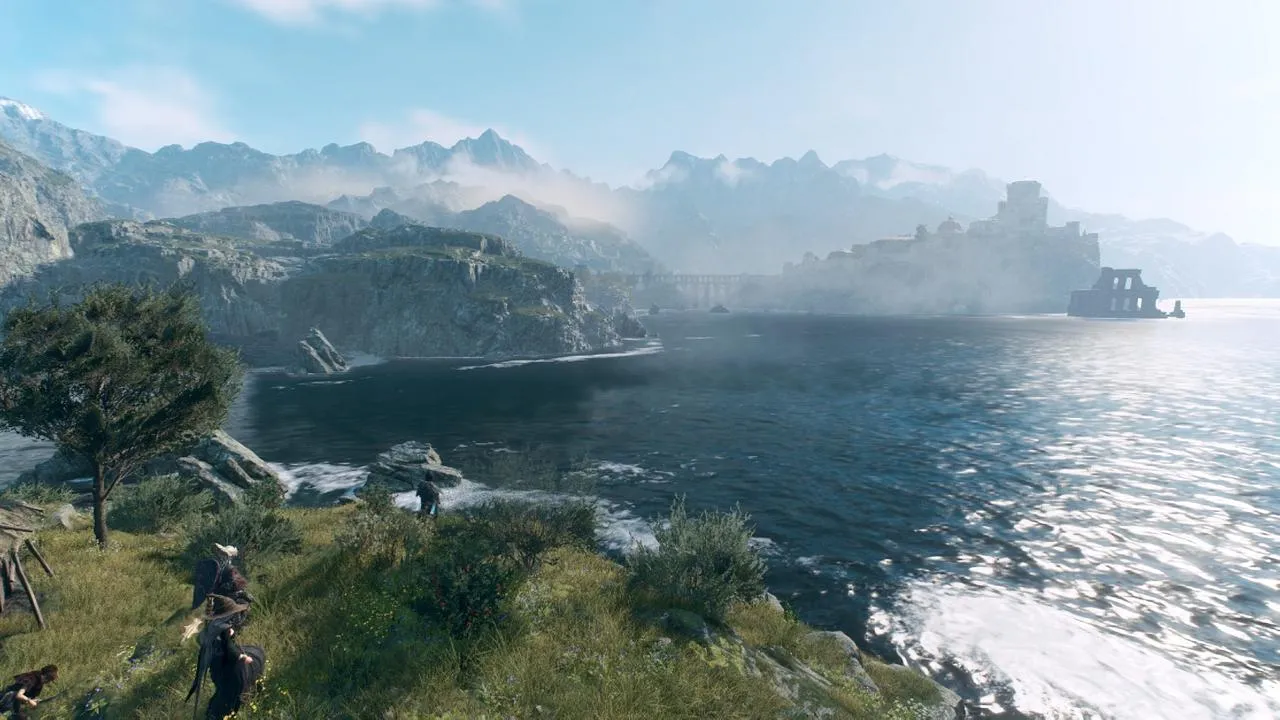
Dragon’s Dogma 2: A Nostalgic Return with Modern Refinements
Contents
The gaming industry has seen a trend in recent years where major publishers are hesitant to introduce new IPs, often opting for the safer route of remakes and remasters, capitalizing on established brands and past successes. Capcom has been particularly successful with this strategy, with the Resident Evil remakes (Resident Evil 2, Resident Evil 3, and Resident Evil 4) enjoying widespread acclaim. Capcom’s Dragon’s Dogma, while not as commercially dominant, cultivated a dedicated fanbase following the release of Dragon’s Dogma: Dark Arisen. Dragon’s Dogma 2 marks a step outside this “comfort zone,” offering an open-world RPG experience based on a less commercially proven IP. This ambitious endeavor carries inherent risks, compounded by initial criticism surrounding microtransactions and PC performance issues. However, for players willing to look past these controversies, Dragon’s Dogma 2 offers a rewarding experience.
A Familiar Yet Evolved Adventure
Twelve years after the original Dragon’s Dogma, players return to Gransys as the Arisen, a dragon-slaying knight tasked with averting the apocalypse. The game’s opening mirrors its predecessor: a fateful encounter with a dragon, memory loss, imprisonment in a mine, a monstrous escape, and guidance from a mysterious figure. This streamlined introduction efficiently reacquaints veterans and introduces newcomers to the world and its inhabitants. Dragon’s Dogma 2 doesn’t force a grand narrative, allowing the player’s journey to unfold organically through exploration and interaction with NPCs and their customizable companions, known as Pawns.
 Dragon's Dogma 2 Gameplay
Dragon's Dogma 2 Gameplay
The narrative structure, similar to the original, relies on player investment in side quests to gain deeper insights into the world and the Arisen’s identity. However, those seeking a more straightforward dragon-slaying experience will find it equally satisfying. While built on the original’s framework, Dragon’s Dogma 2 refreshes the narrative with altered character arcs and familiar events unfolding in new ways, creating a sense of both familiarity and novelty, like a parallel universe to the original.
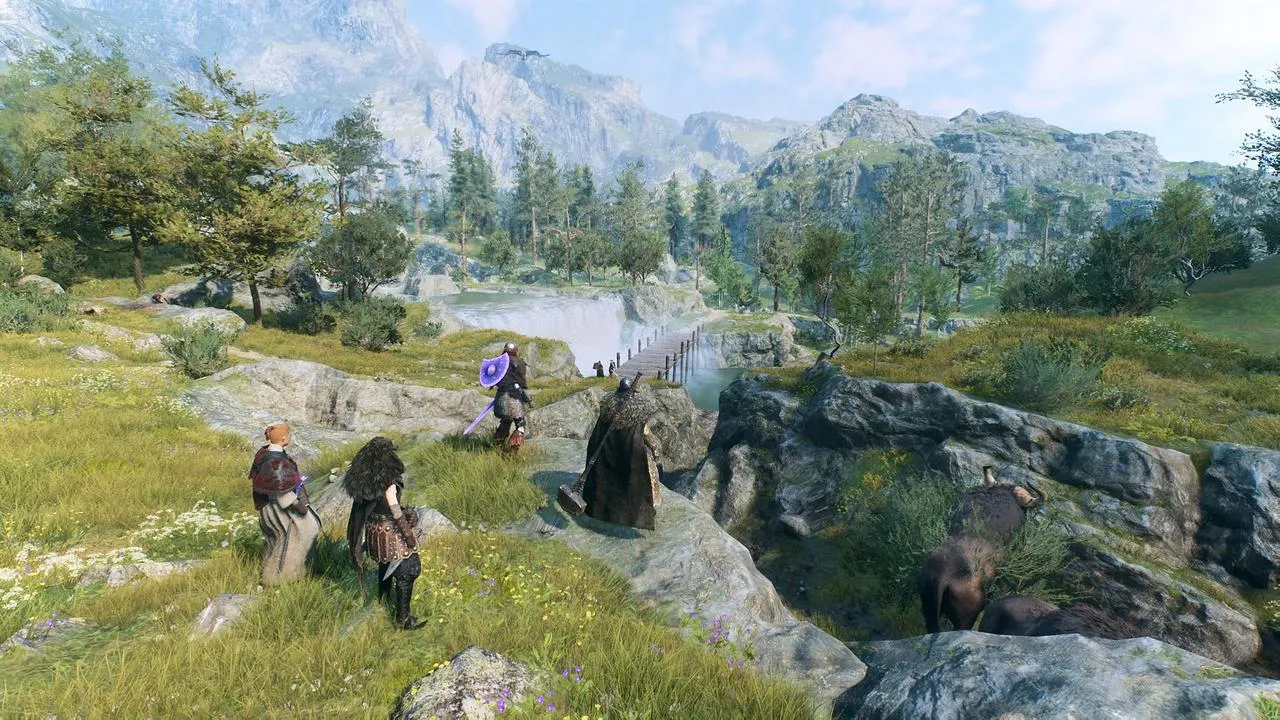 Dragon's Dogma 2 Environment
Dragon's Dogma 2 Environment
The game’s quest system deserves particular praise. While not overwhelming in quantity, each quest offers a glimpse into a different facet of Gransys. The game doesn’t explicitly label main or side quests, encouraging exploration and understanding of the world’s mechanics. This approach allows for diverse player paths, with information and outcomes varying based on exploration and quest choices.
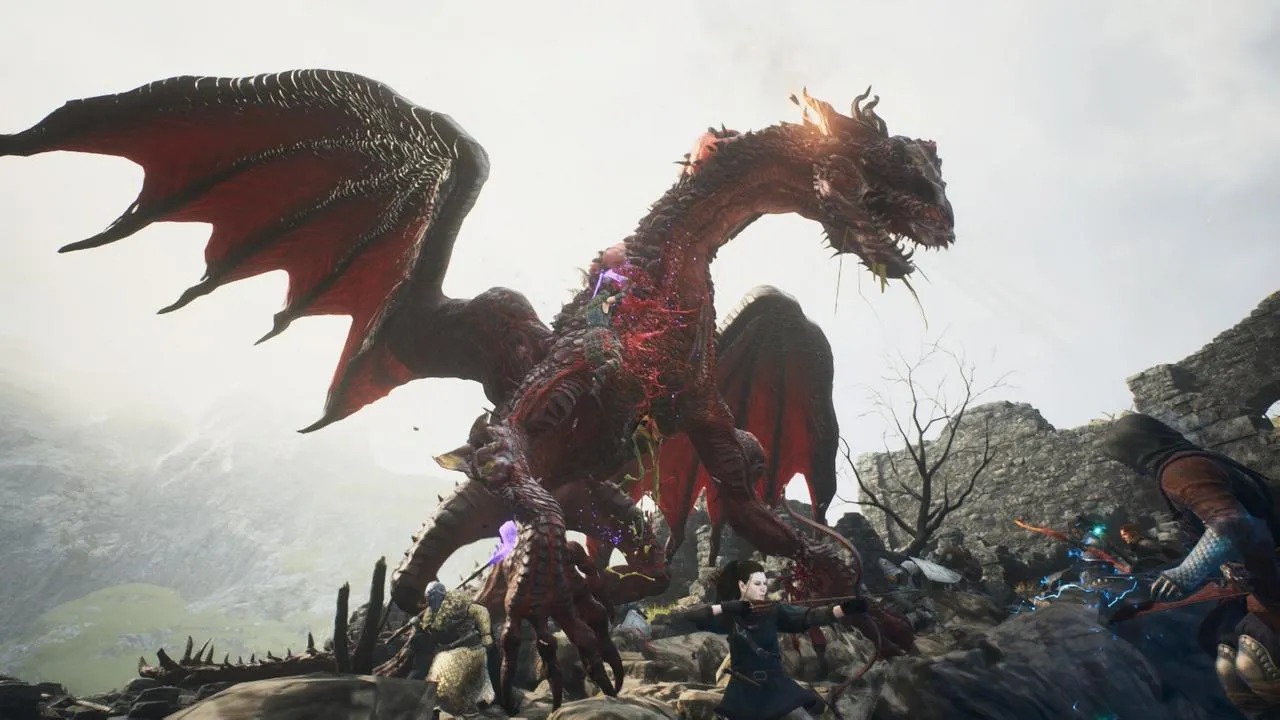 Dragon's Dogma 2 Character
Dragon's Dogma 2 Character
Some side quests present weighty choices with significant consequences, adding depth and replayability. The game masterfully hints at these outcomes, allowing players to anticipate the impact of their decisions. The immersive nature of Dragon’s Dogma 2 extends beyond its quests. The game incorporates realistic survival elements, requiring players to manage their party’s stamina and health through rest, food, and camping. The passage of time influences gameplay, affecting quest availability, events, and even the environment. Bridges and pathways can deteriorate and collapse over time, adding an element of dynamism to the world.
 Dragon's Dogma 2 Scenery
Dragon's Dogma 2 Scenery
Inventory management also plays a crucial role. Unlike games with limitless carrying capacity, Dragon’s Dogma 2 imposes realistic weight limits, forcing players to prioritize items and utilize their Pawns effectively. However, carrying capacity can be improved through exploration, incentivizing players to delve deeper into the game’s world. The limited fast travel system further encourages exploration, making traversing the diverse landscapes a rewarding experience. Travel by oxcart offers unique encounters, such as bandit ambushes and unexpected clashes with mythical creatures, adding a touch of humor and unpredictability. While microtransactions exist for fast travel and revival items, they are not essential for enjoyment.
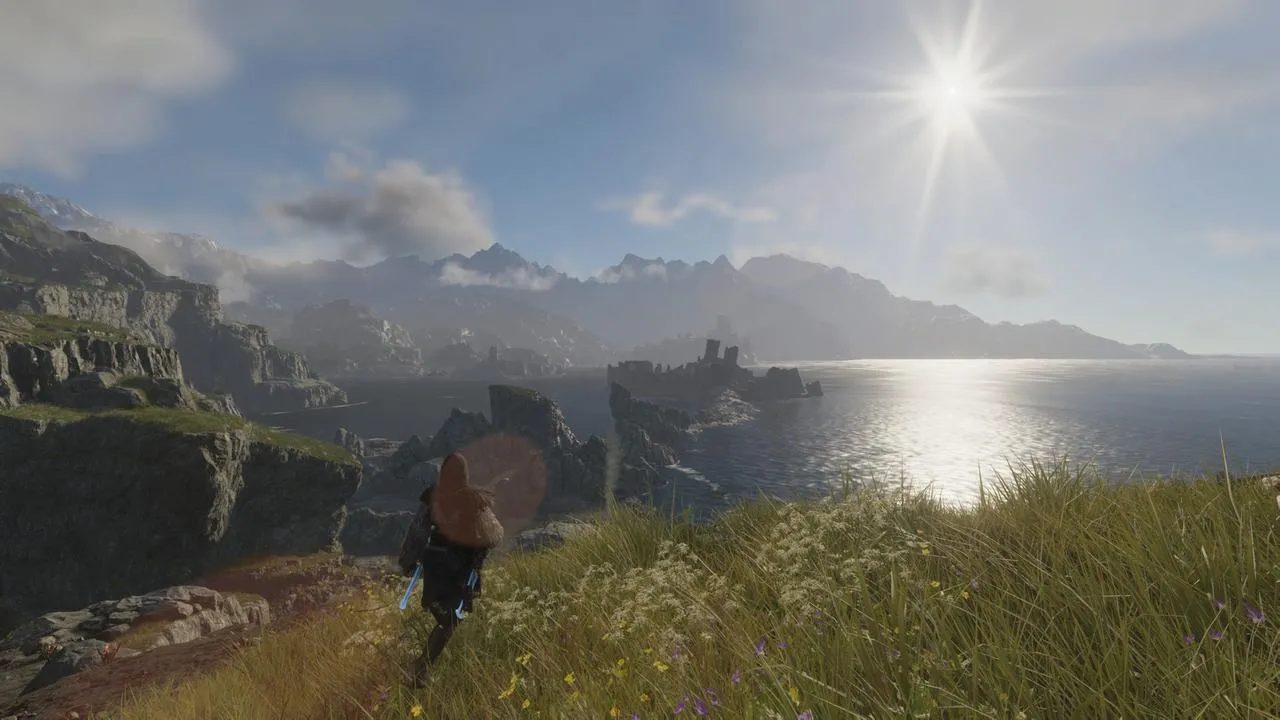 Dragon's Dogma 2 Combat
Dragon's Dogma 2 Combat
The Unique Bond with Pawns
The Pawn system, a defining feature of the original, returns in Dragon’s Dogma 2. Pawns, unique NPCs from the Rift, serve as loyal companions to the Arisen. Players can create a main Pawn with extensive customization options, shaping their personality, appearance, skills, and vocation. These Pawns are not mindless followers but independent individuals with distinct behaviors and quirks. They express emotions, offer advice, and even share their opinions, adding a layer of dynamism to the gameplay.
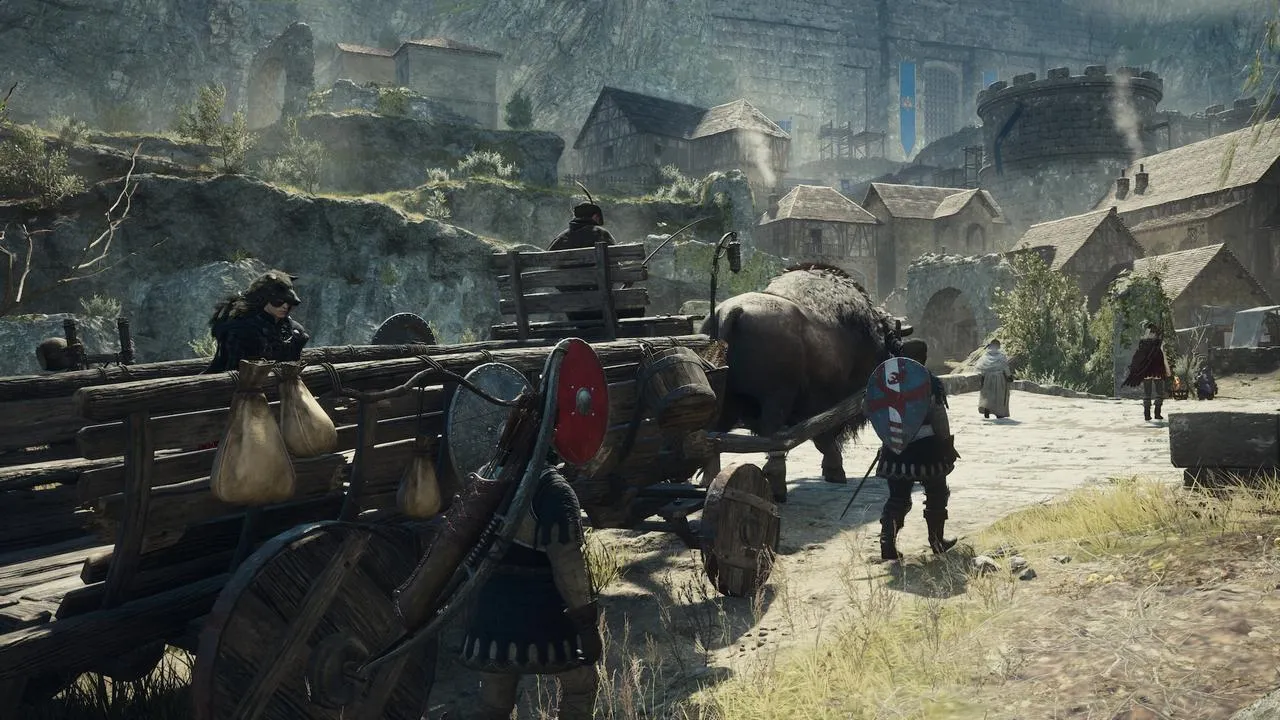 Dragon's Dogma 2 Gameplay Screenshot
Dragon's Dogma 2 Gameplay Screenshot
In addition to their main Pawn, players can recruit two additional Pawns from other players via the Rift, forming a party of four. Pawns’ diverse vocations allow for varied party compositions and combat strategies. The game offers ten vocations, each with unique skills and abilities. Pawns can choose from six basic vocations, while the Arisen has access to four advanced vocations. The flexibility to switch vocations keeps the gameplay fresh and encourages experimentation. Pawns contribute significantly beyond combat, offering support, sharing loot, and even influencing quests based on their race or knowledge.
 Dragon's Dogma 2 Travelling
Dragon's Dogma 2 Travelling
Dynamic Combat and Vocation System
Dragon’s Dogma 2 simplifies character progression by focusing on vocation levels. Experience gained in a specific vocation unlocks new skills and abilities. The limited number of skills per vocation streamlines character building and encourages experimentation. Two new vocations, Mystic Spearhand and Trickster, add unique combat styles. The Mystic Spearhand wields a double-edged sword and utilizes mystical powers for combat and movement. The Trickster employs illusions, smoke screens, and support abilities.
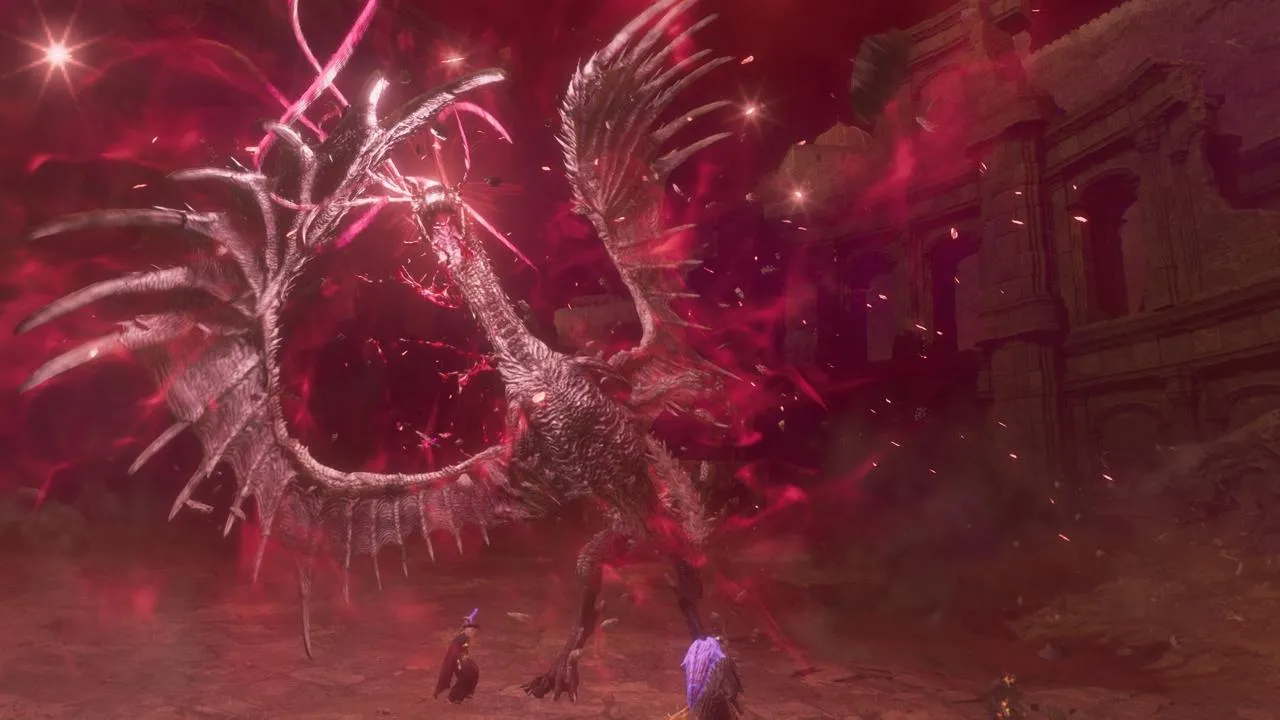 Pawn Creation
Pawn Creation
The ultimate vocation, Warfarer, allows access to skills and equipment from all previously unlocked vocations, offering unparalleled versatility. While advanced vocations are unlocked through exploration, focusing solely on the main quest might lead to missing them. The game’s boss battles, featuring mythical creatures like Orges, Golems, Griffins, Chimeras, Gorgons, and Dragons, are enhanced by improved visuals and animations. These encounters require strategic planning, utilizing Pawn coordination, environmental awareness, and knowledge of enemy weaknesses.
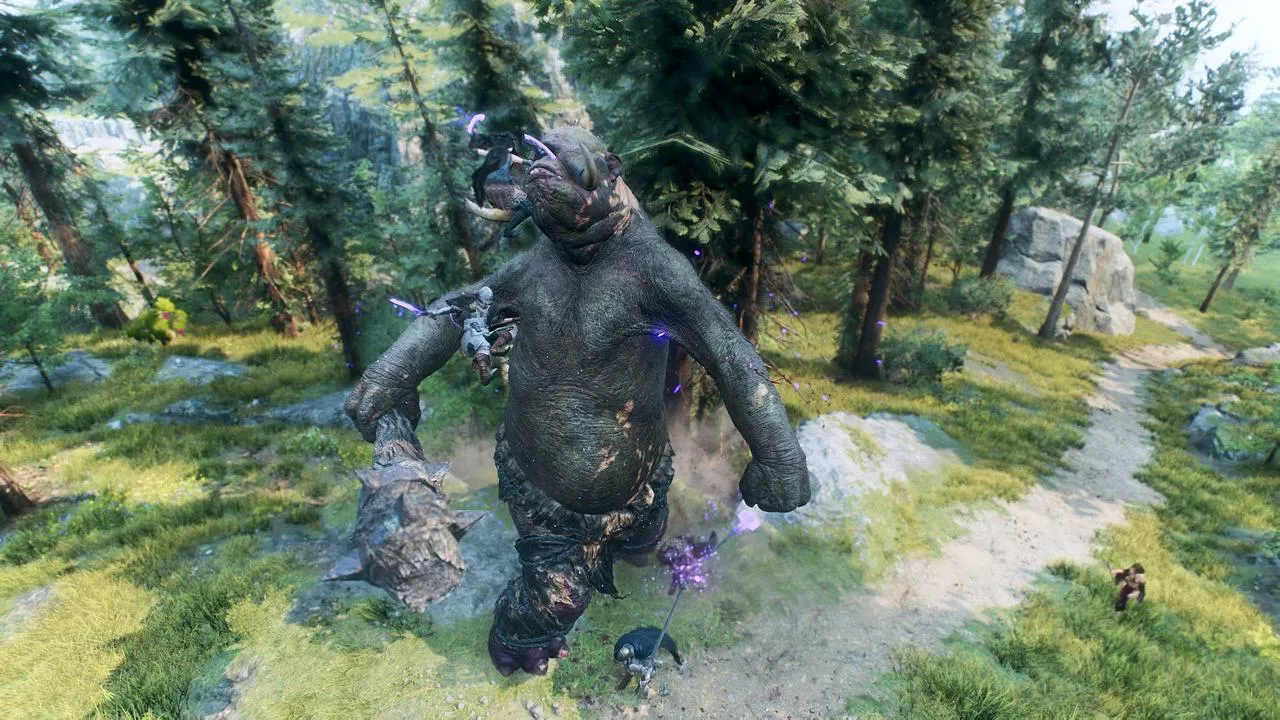 Combat Party
Combat Party
Room for Improvement
Dragon’s Dogma 2 feels more like a refined remake than a true sequel. While it builds upon the original’s potential with improved graphics, enhanced gameplay, and a more engaging story, it doesn’t fully escape its predecessor’s shadow. The game’s length, while offering 30-50 hours of gameplay, feels somewhat short compared to the original, and the world, despite being beautifully redesigned, lacks the depth and density of some modern open-world RPGs.
 Mystic Spearhand
Mystic Spearhand
Performance issues on PC, while partially addressed in patches, remain a concern. The reuse of assets from the original contributes to a sense of familiarity that might disappoint some veterans. The suspicion that significant content is being reserved for DLC adds to the feeling that the game could have been more substantial at launch.
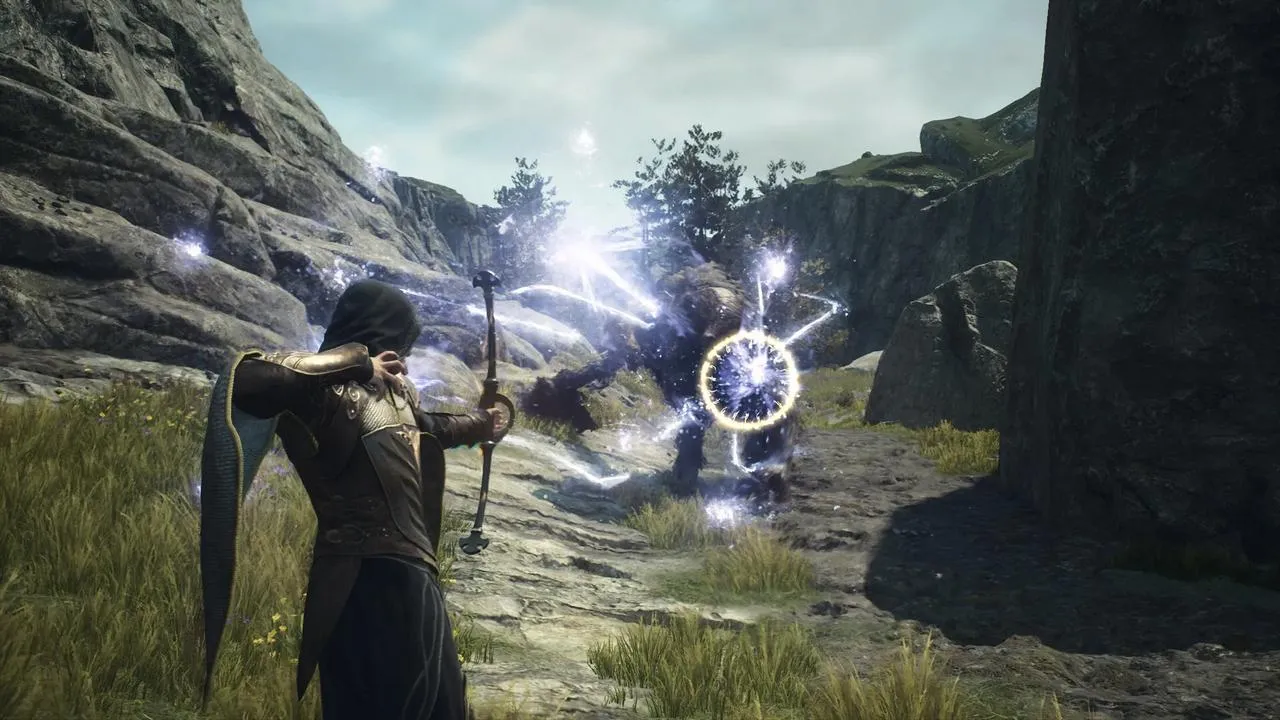 Trickster Gameplay
Trickster Gameplay
Despite these shortcomings, Dragon’s Dogma 2 offers a compelling experience. Its unique Pawn system, dynamic combat, and immersive world make it a worthwhile journey for both newcomers and returning fans. However, the game’s true potential might hinge on future content updates and expansions.
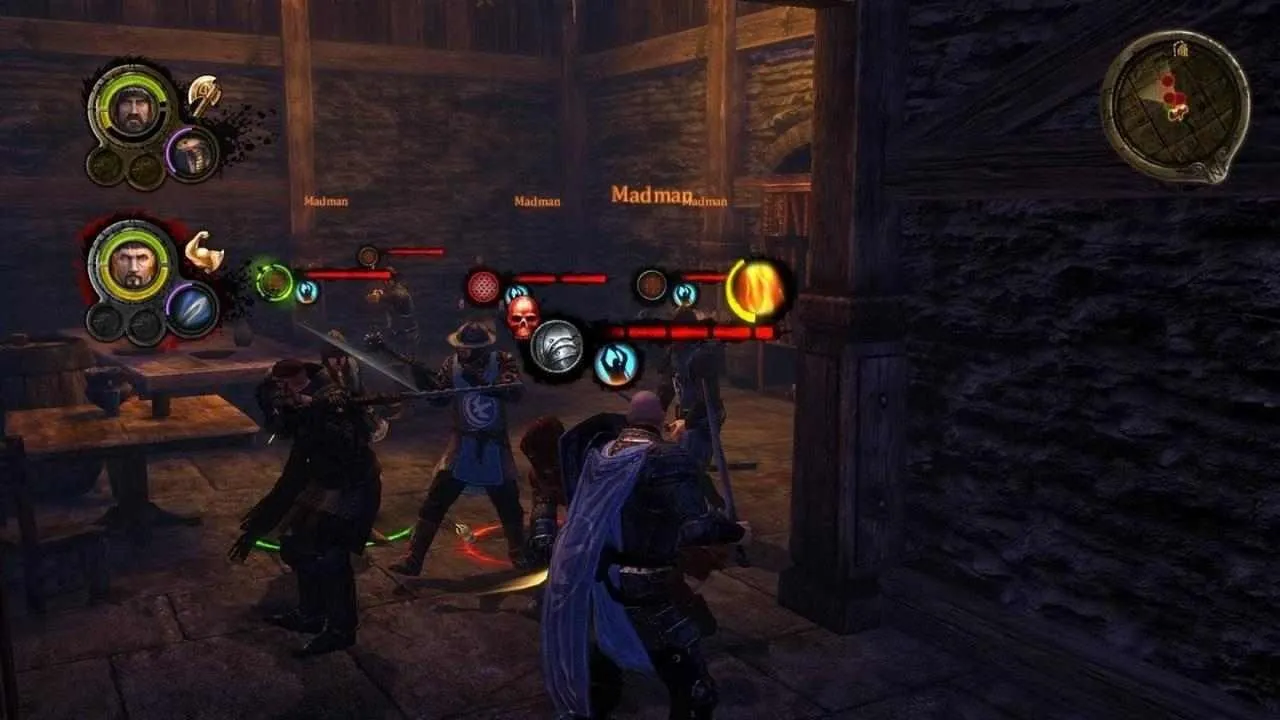 Combat Scene
Combat Scene
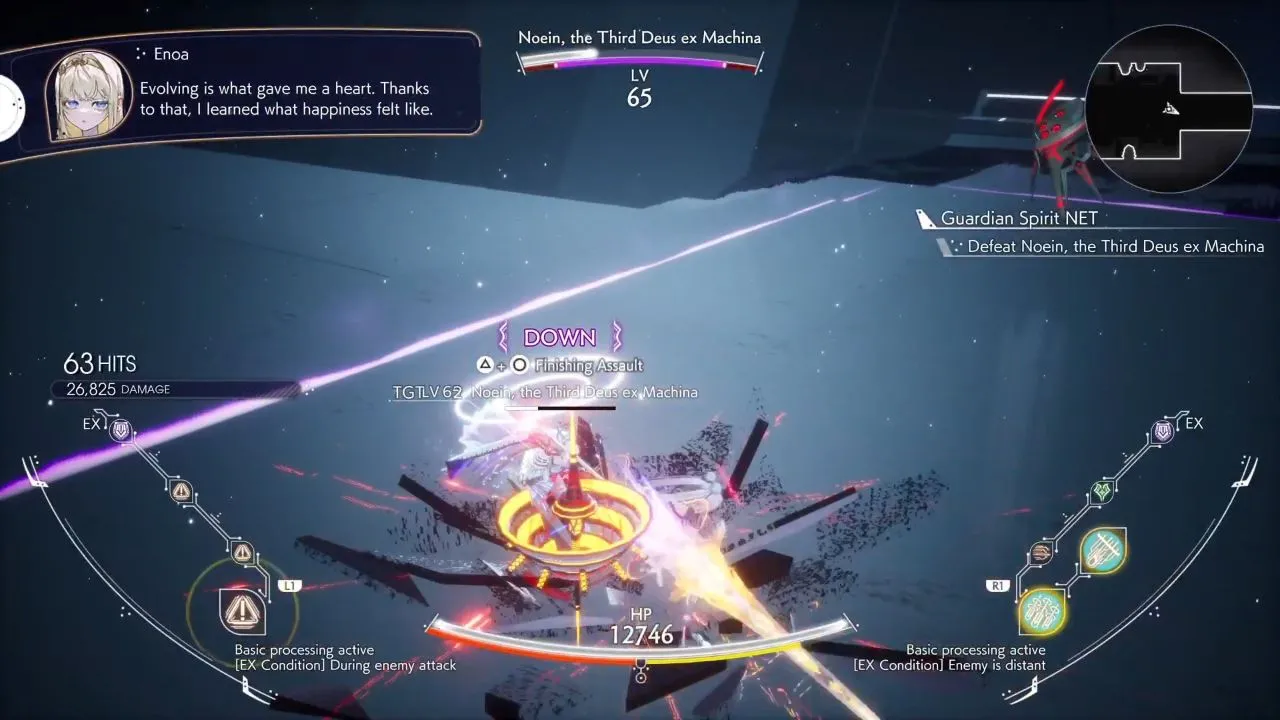 Boss Battle
Boss Battle
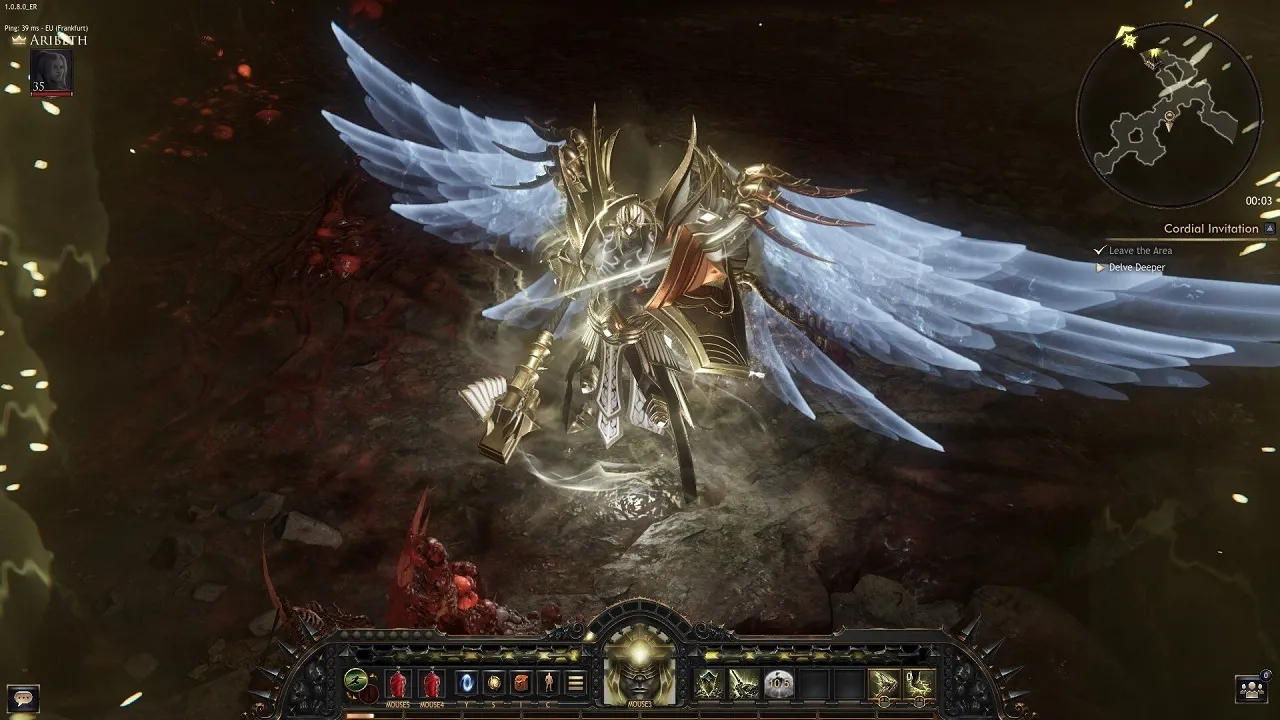 In-game Screenshot
In-game Screenshot
 Environment Detail
Environment Detail
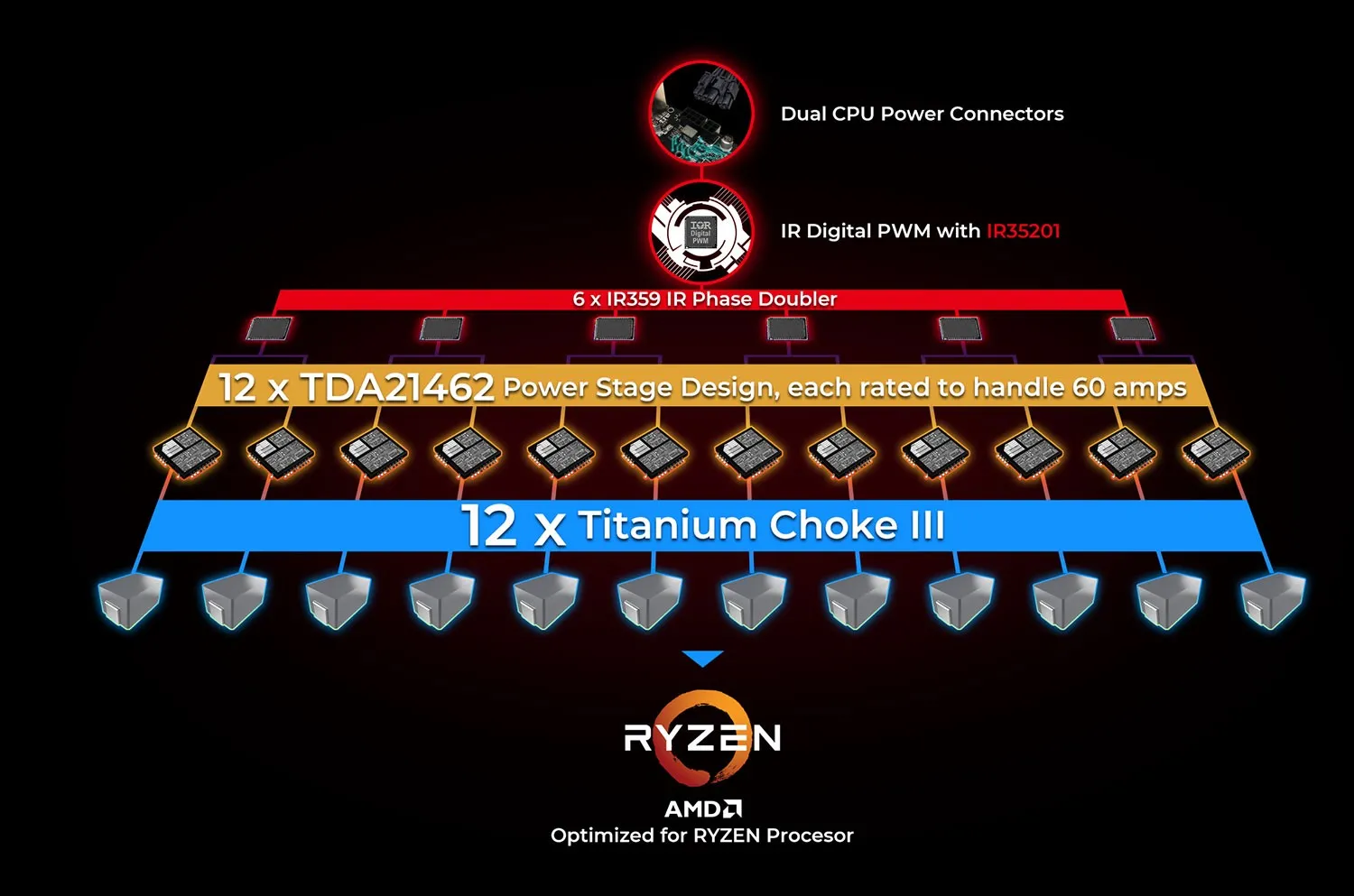


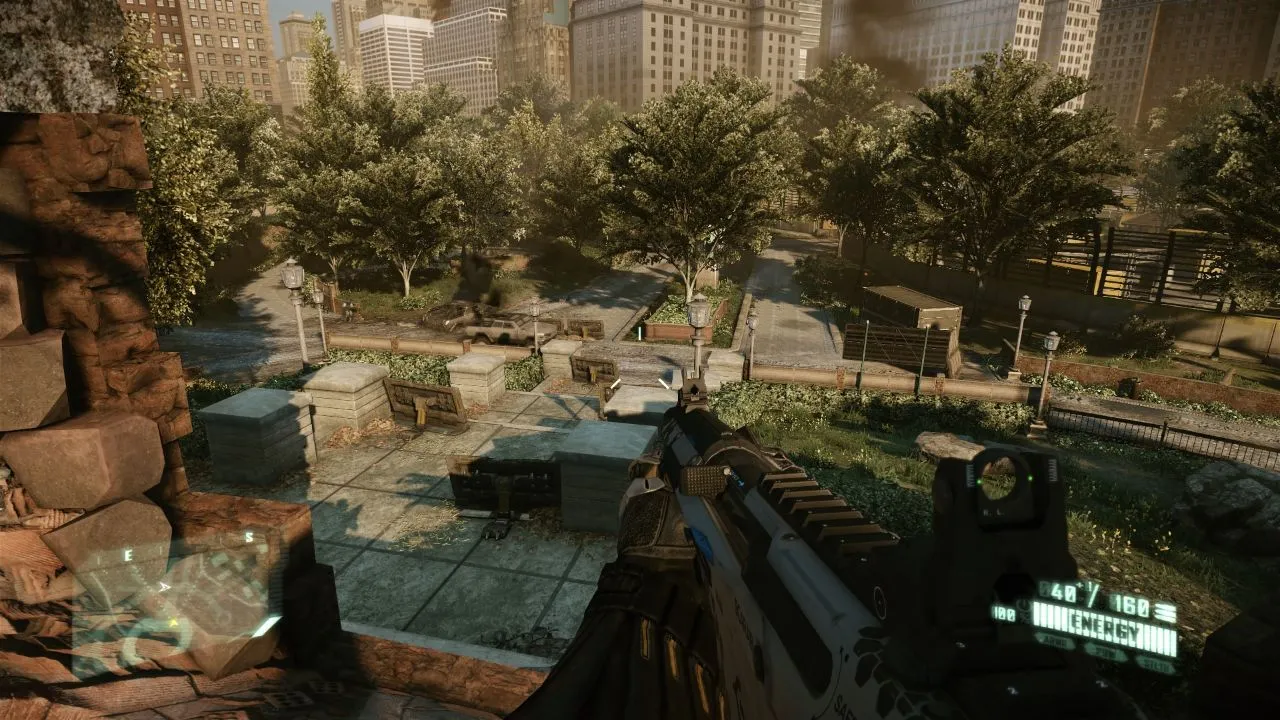
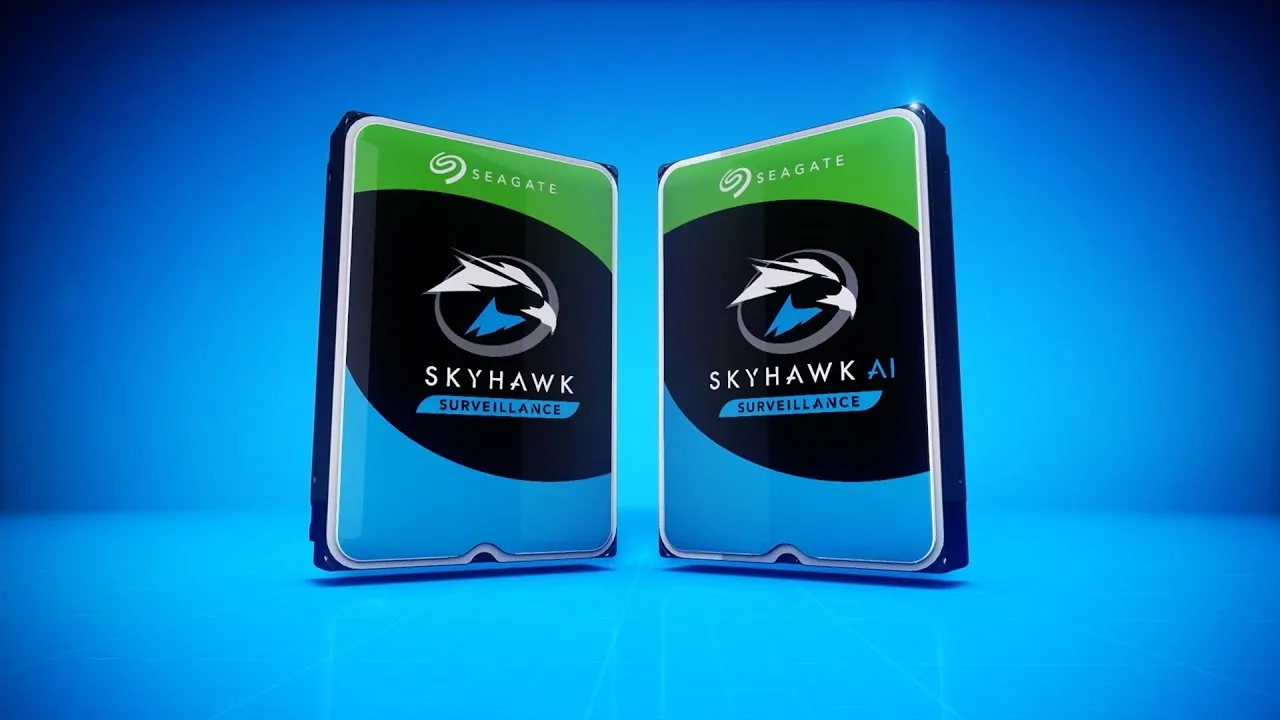
Comments (0)